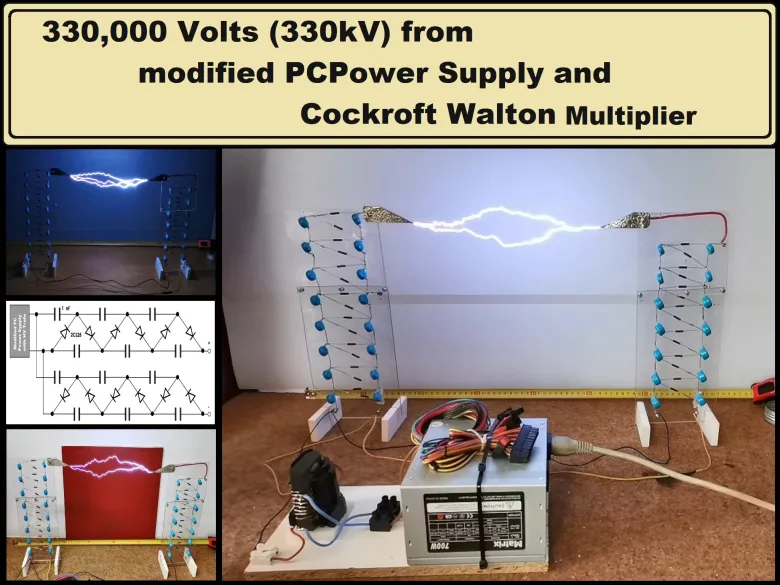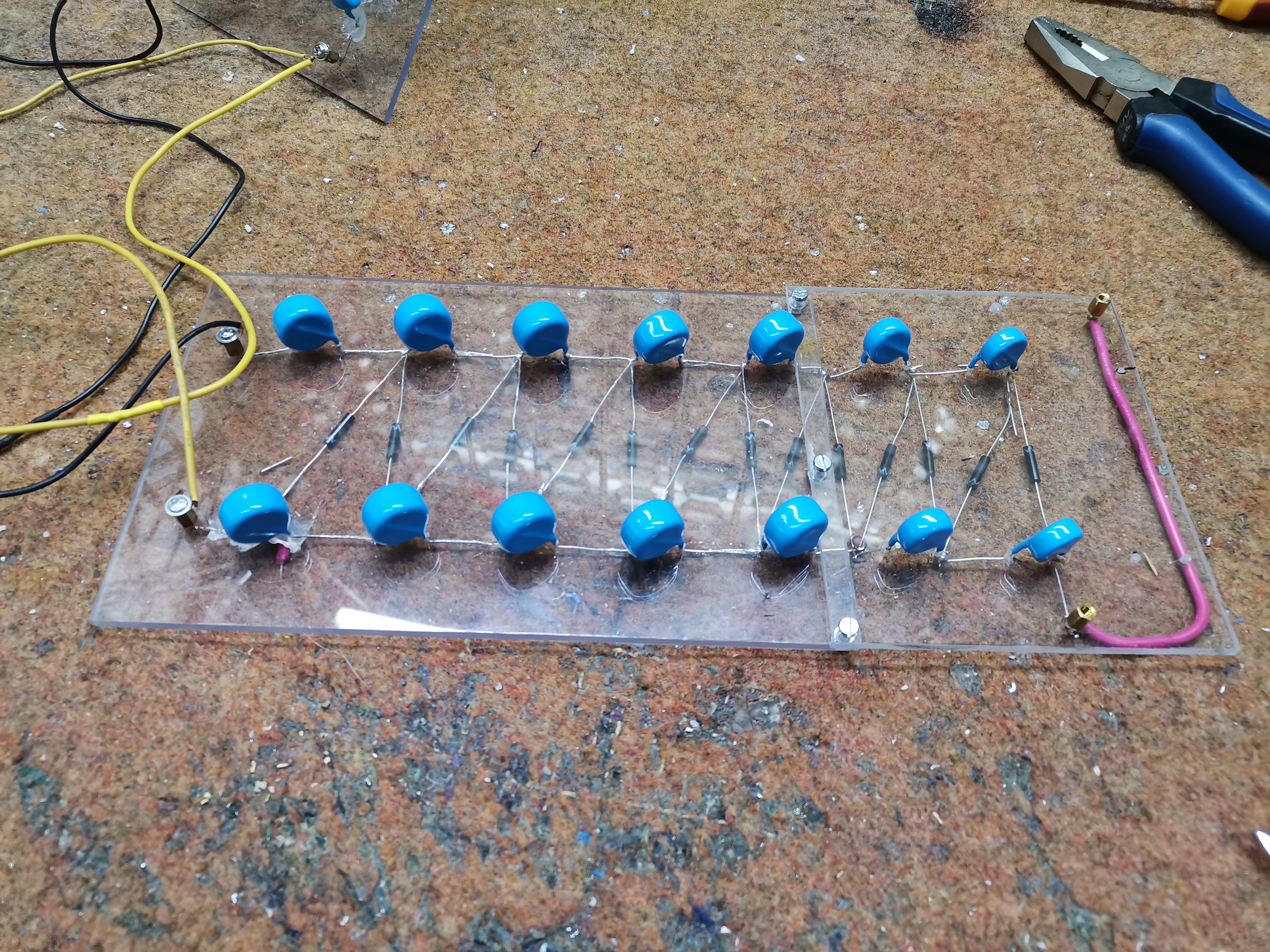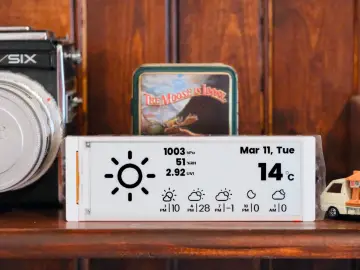Story
The Cockcroft-Walton voltage multiplier is a circuit configuration used to generate high DC voltages from a low AC voltage source. The basic Cockcroft-Walton voltage multiplier circuit consists of a series of capacitors and diodes interconnected in a ladder-like configuratoin. The circuit takes advantage of the fact that capacitors charge and discharge alternately when connected in series with diodes. It's typically used in applications where a relatively constant output voltage isn't required, as a laser systems, X-ray systems, air ionisers, cathode ray tubes etc...
Detailed video instructions at: https://youtu.be/Psyma1AmmDo
A standard cocroft-walton multiplier uses one ladder stage and the multiplied voltage is generated between the last segment and the input or ground.
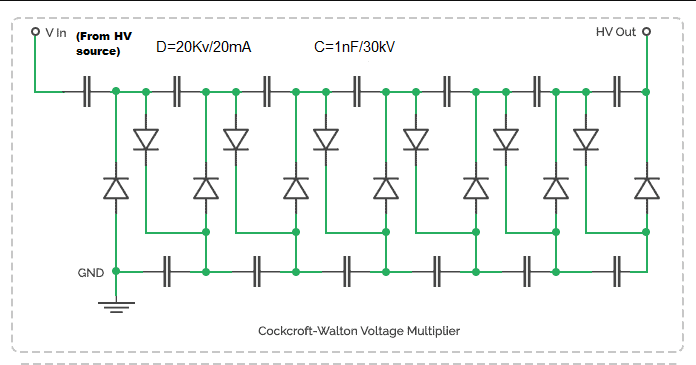
In order to increase the voltage and thus the length of the spark, I will connect the HV Transformer to drive two cascades of opposite polarities at the same time.
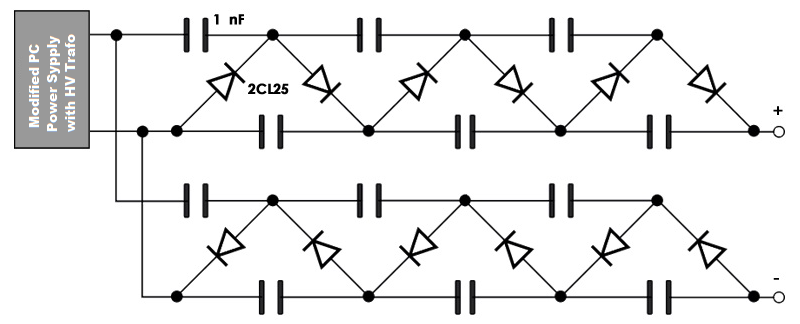
The elements of the cascade are mounted on Plexiglas with a thickness of 3 mm, which is also an excellent insulating material. The capacitors are mounted on the front and the diodes on the back of the plexiglass. Now at the end of one cascade prevail negative ions(Kations), and at the end of the other positive ions(Anions), so between these two differently charged electrodes a spark appears.
A similar project is described in one of my previous videos where an output voltage of 200 kV is obtained.
Unlike then, this time I increased the number of both cascades, but in order to get a constant spark at the output, a stronger input source of high voltage is also needed.
For this purpose I will use the device also made in one of my previous videos in which it is described how to make an excellent stable high voltage source with minimal modification of the PC power supply. In order not to repeat ourselves, you can watch the video on the manufacturing method at the given link above. In this way, the device itself becomes more compact, it works stably, and there is no unnecessary wires under high voltage.
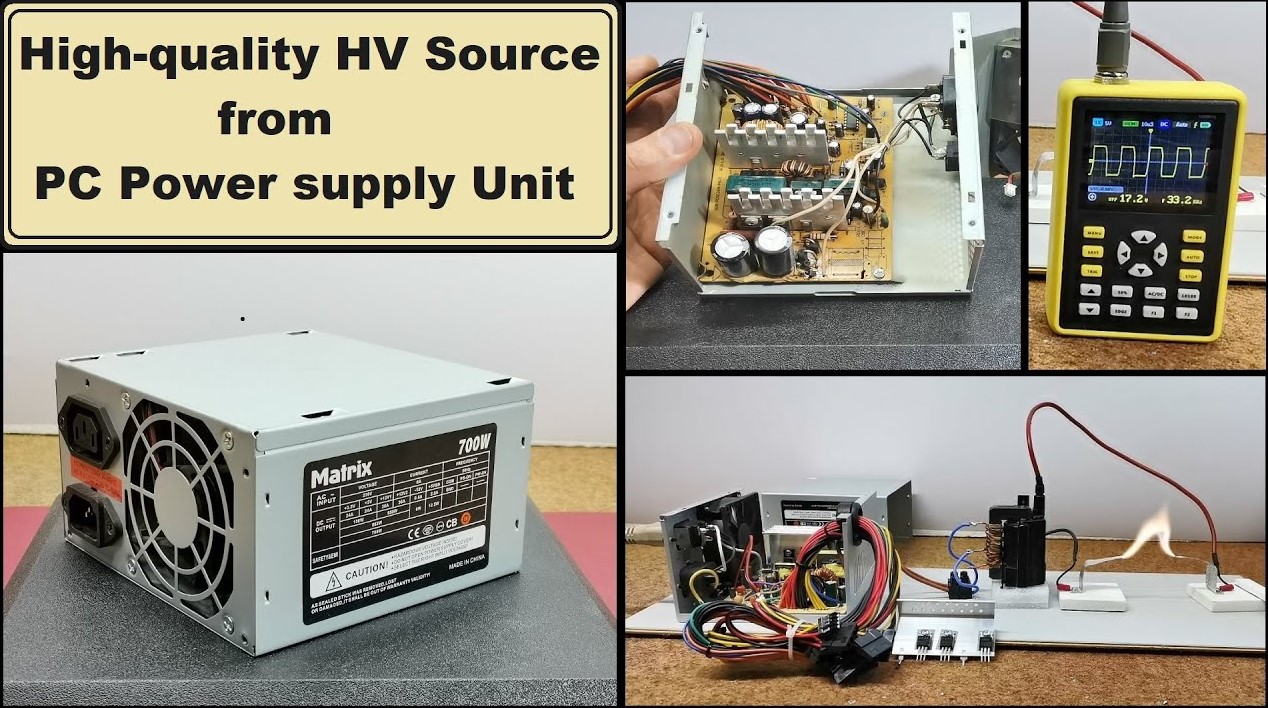
Now let's see how the device works in real conditions:
Before I start testing, I should mention that in this case you are working for extremely high voltages, so it is necessary to take all the safety conditions, because if we do not follow the rules, an electric shock can be fatal. My recommendation is not to build the device if you do not have great knowledge and experience in this area.
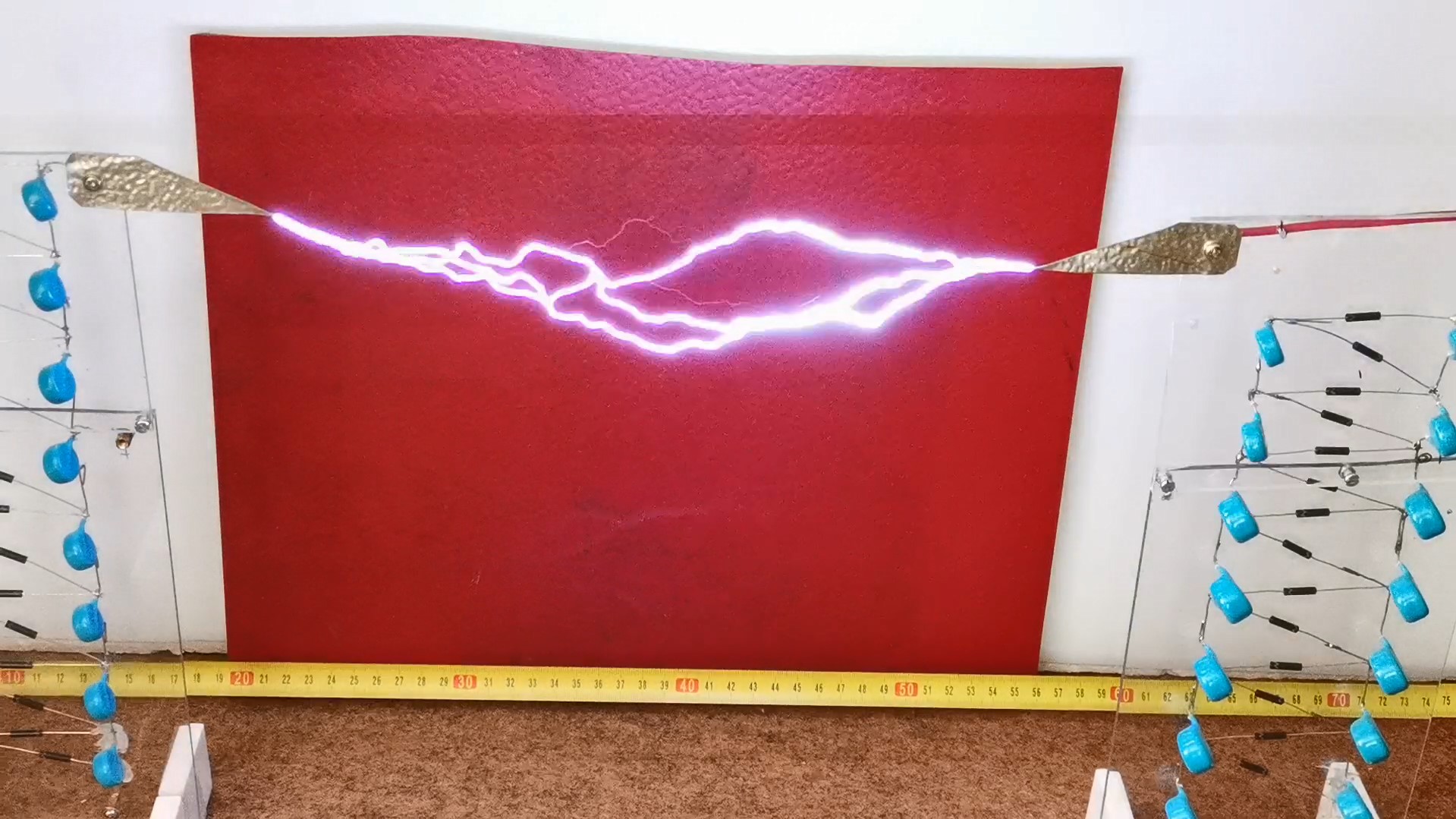
As you can see in the video, And all this is achieved in air, without the use of various oils for insulation. As far as I could find online, there is no one else who has managed to create such a large spark without using insulating fluids. In order to ensure the reliability of the results, I put a ruler tool on the table on which the device is placed so that the length of the spark can be clearly measured.
These spark lengths in air correspond to a voltage of approximately 300-350 kilovolts
And finally, again SAFETY NOTES:
Please do not attempt to recreate the experiments shown on this video unless you are familiar with High Voltage Safety Techniques! Direct Current even above 60V maybe lethal, even when the AC supply voltage has been disconnected due to the stored energy in the capacitors.
















